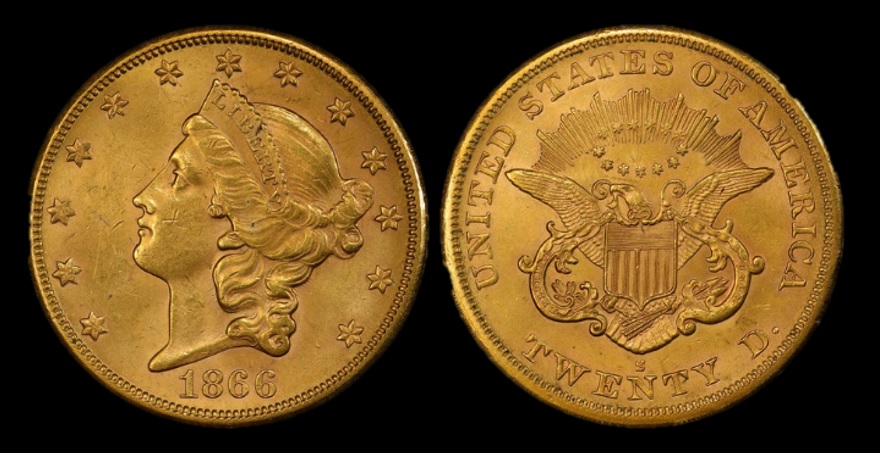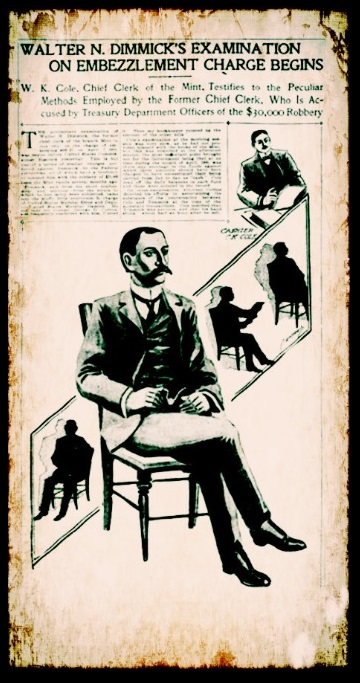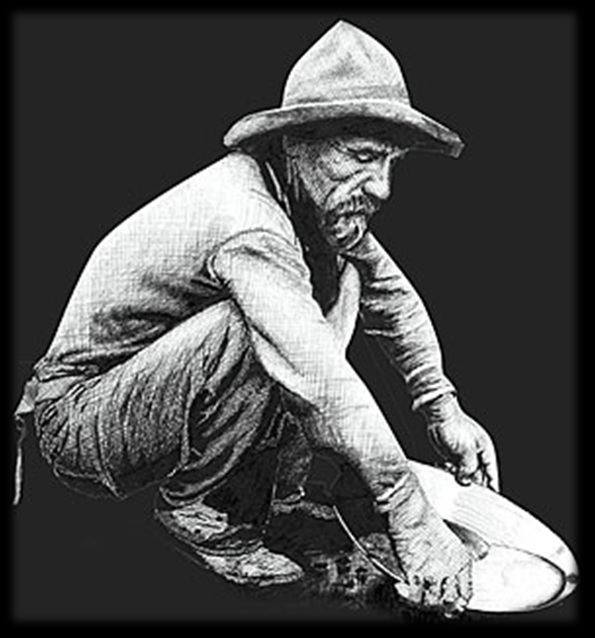




Col. Mulberry Sellers is famous for the utterance, “Thars gold in them der hills” but it’s unlikely even Mark Twain knew how close to the truth that statement was when he invented the fictional character in his 1892 book, “The American Claimant.”
Col. Sellers was referring to the California Gold Rush of the 1800s but as recently as two years ago, “them thar hills” still had gold. Lots of it. Only this time the latest find is shrouded in mystery and intrigue.
February 2013. “John” and “Mary”, an average California couple, were walking the family dog on their rural Northern California property – an area once synonymous with the Gold Rush - when they spotted a metal can protruding from the ground. John bent over to pick it up only to discover it was firmly wedged in dirt. After finally wrestling it free, he discovered the can was extremely heavy. On the way back to their house John and Mary struggled with the weight of the can before it finally cracked open revealing the edge of a single gold coin.
The couple quickly returned with digging tools to see if they could find anything else. They soon located another can about a foot away from where the first can was discovered. Although it was partially decomposed due to rust, it held several more coins. Eventually they brought in a metal detector and located a total of eight cans filled with 1,427 coins.
The coins proved to be mostly US double eagle gold coins with a face value $27,980. That was remarkable enough but the face value is in 19th century dollars.
Highlights of the cache included at least fourteen finest known specimens, among them an 1866-S No Motto Double Eagle valued at close to $1 million. All told, the combined value of the coins proved to be well over ten million dollars.
In retrospect, John and Mary had noticed some unique features of the area. They recalled seeing an old empty can hanging from an old tree. The can had been there so long that the tree had grown around it. At the time, they surmised the hanging can had possibly been used to hold flowers and mark a grave. There was also an odd shaped rock on the nearby hill, which they nicknamed "Saddle Ridge". After they found the gold, they realized that the geographical features and the hanging can were probably markers to the site, placed by the original owners. The center of the treasure trove was located exactly ten steps between the jagged rock and the direction of the North Star.
So where did the coins come from? Were they the hidden loot of Walter Dimmick, the former clerk of the San Francisco Mint who was convicted of stealing six bags of gold double eagle coins in a 1901 heist of the very mint he was second in command of running? Consider this:
• The face value of the coins found and those that Dimmick stole from the 1901 San Francisco Mint burglary are virtually identical ($28,000 versus $30,000).
• Immediately after concluding the mint heist was an inside job, police placed Dimmick under constant surveillance. If he was the thief it would make sense he would have to hide the gold if he ever stood a chance of one day being able to enjoy it.
• Nearly all the coins John and Mary uncovered on their property were minted in San Francisco.
• Even after Dimmick finished serving his sentence, he never moved far away from the area.
• He had access to the coins in the mint, 1,500 of which disappeared and were never found.
• Dimmick worked briefly at a cannery before going to work at the mint.
• He was smart. He liked to play chess and was cool under pressure.
• Dimmick was seen dragging behind him a “dress case” covered in newspaper, right around the time the coins went missing.
One thing is for certain. The gold coins stolen by Walter Dimmick were never recovered. His conviction came solely from circumstantial evidence.
If the coins were those stolen from the mint more than 100 years ago, the most John and Mary could expect would be a thank you letter from the United States Department of the Treasury. That’s because the federal government would still own them.
Fortunately for the lucky couple, the Mint kept meticulous records and the coins stolen were all post 1895 and only $20 gold pieces. The hoard John and Mary found were dated from 1847 to 1894. The denominations didn’t match either. The recovered cans contained $27,460 in twenty-dollar coins, $500 in ten-dollar coins, and $20 in five-dollar coins.
In short, the treasure John and Mary found was not stolen from the San Francisco Mint in 1901.
So where did they coins come from? Some theorize perhaps it was a businessperson in the late 1800s who made a lot of money and simply buried it over time for safekeeping. For prospective in 19th century California many banks more than a day’s ride on horseback. For many Californians burying their gold was one of easiest ways of maintaining their wealth.
Another interesting clue is 1,400 $20 gold coins weigh approximately 90 lbs which would have made moving them all at once very difficult. Given the cans were buried at all different levels indicates they may have been buried over time, not at once, as one might assume after a heist.
Anyone wanting to own a piece of California history can buy the very coins from the find John and Mary made in 2013. Dubbed the “Saddle Ridge Treasure” Amazon.com is selling the collection piece by piece on its website.
So if where are the coins stolen from the US Mint in 1901? Unless someone is sitting on a secret stash, Perhaps Col. Sellers is right, “thar is (still) gold in them thar hills.”



